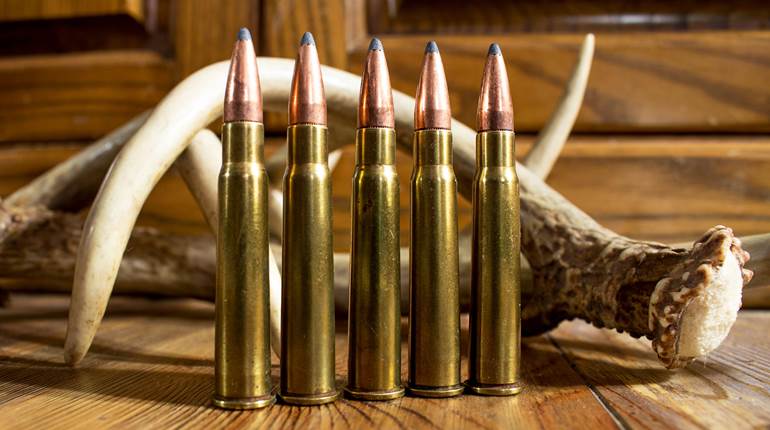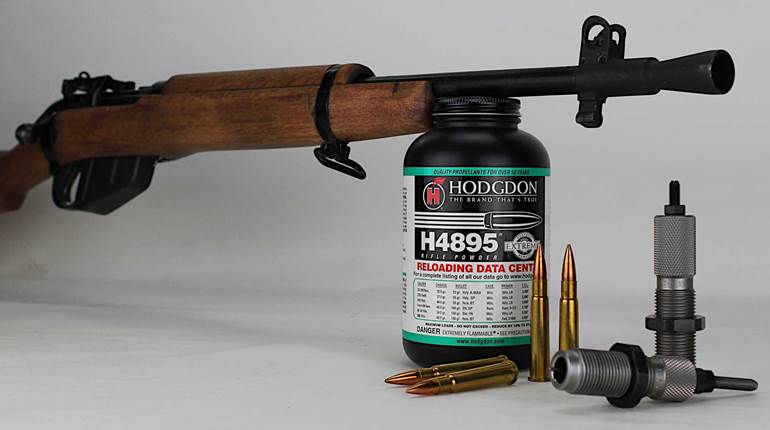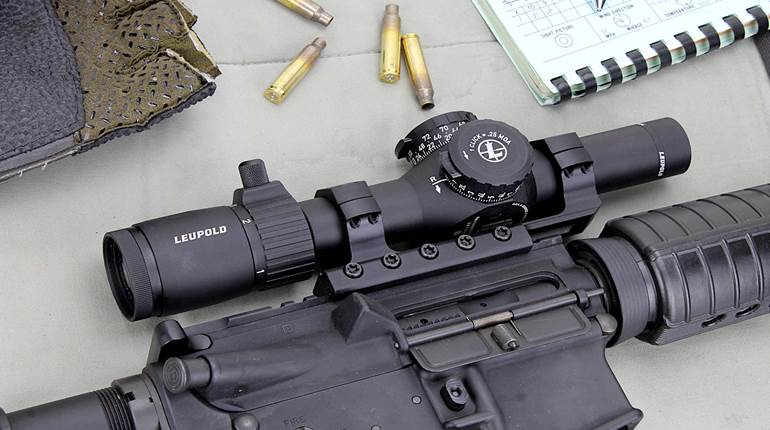
A few years ago, I inherited my father’s Lee-Enfield chambered in .303 British, which is why a recent headline out of Prescott, Ariz., caught my attention. When a contractor began demolition of an addition to a garage on a home originally constructed in 1926, he discovered the outside wall was built out of World War II-era .303 British cartridge boxes.
They were empty, although he said it was surprising just how stout the crates remained. Stampings on the wood indicated they were made in 1943 and held 1,248 cartridges when they shipped from the factory, one reason for the rugged construction.
The mystery on how the empty crates—built the year before the D-Day invasion—wound up being used for building material on a distant Arizona high desert plateau may never be solved conclusively. The explanation probably isn’t as “exotic” as a transcontinental voyage, though.
Rifles in that chambering were produced here in America for some time. Bruce Canfield’s look at manufacturing in the U.S. for British troops during the early stages of World War I offers one connection. Winchester and Remington made the 1914 Pattern rifle, but when our nation declared war, the existing machinery there was re-tooled to churn out .30-’06 versions for our doughboys.
During World War II, Savage made Enfield No. 4s chambered in .303 British for English troops, too. The contract was assumed by the U.S. government under the Lend Lease Act, and those rifles wear a “U.S. Property” stamp. My father’s sporterized version is one of more than a million in that production run. The rifle in that chambering was also used until recently in arctic regions of Canada—largely because it thrived in the hostile environment.
When all those surplus guns hit the market, they were inexpensive and quickly grew popular with hunters. Matching specimens in decent and unmodified shape are becoming rare, unfortunately, and prices reflect the scarcity. I bet more than a few collectors would have been willing to buy one of those boxes in Prescott, unfortunately the contractor destroyed most of them.





































